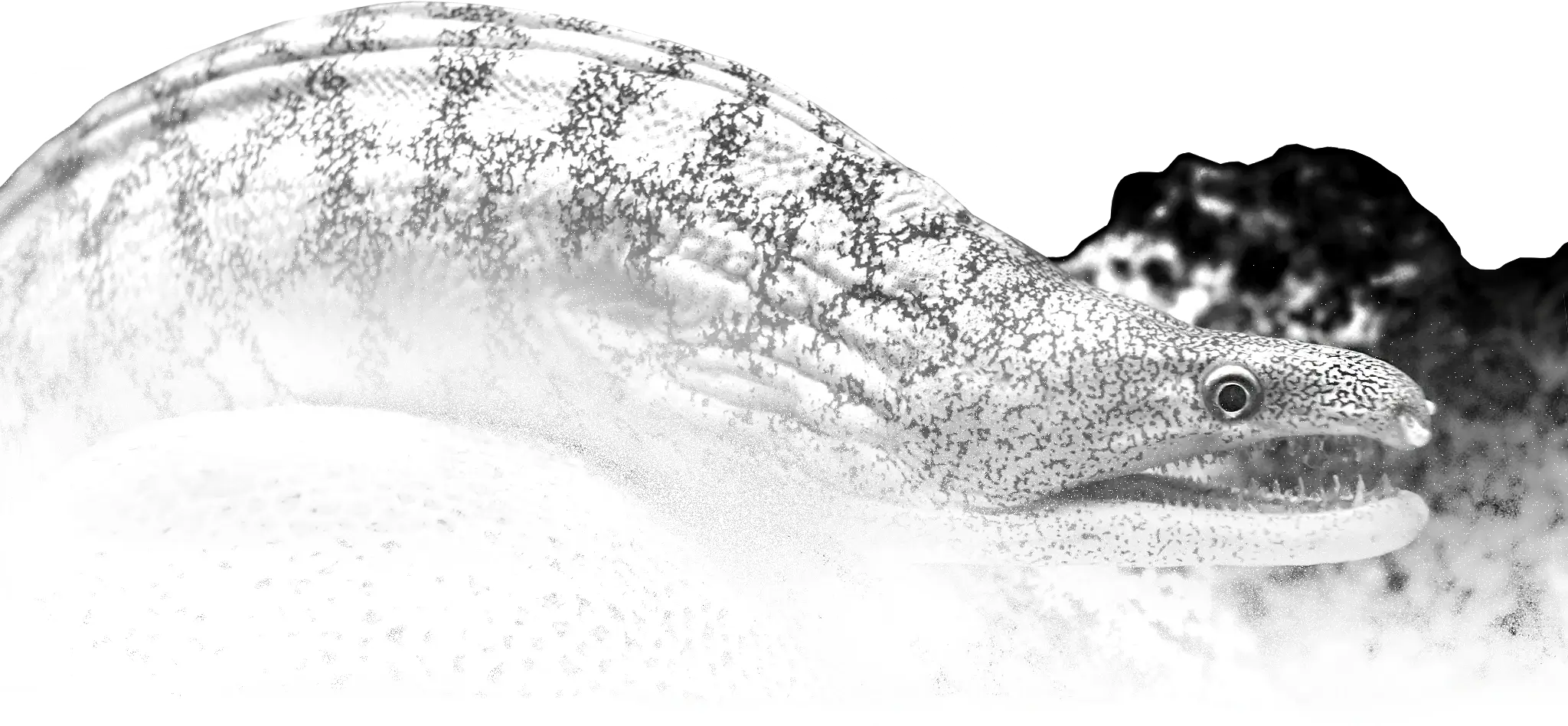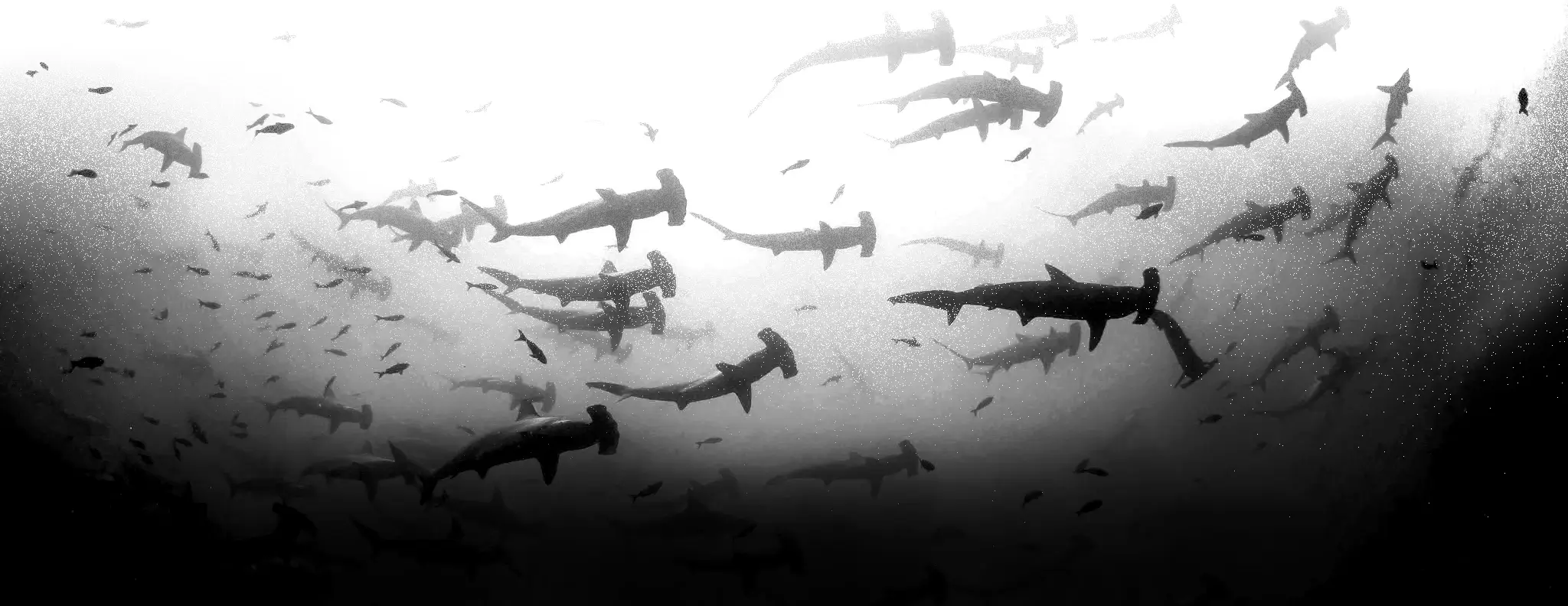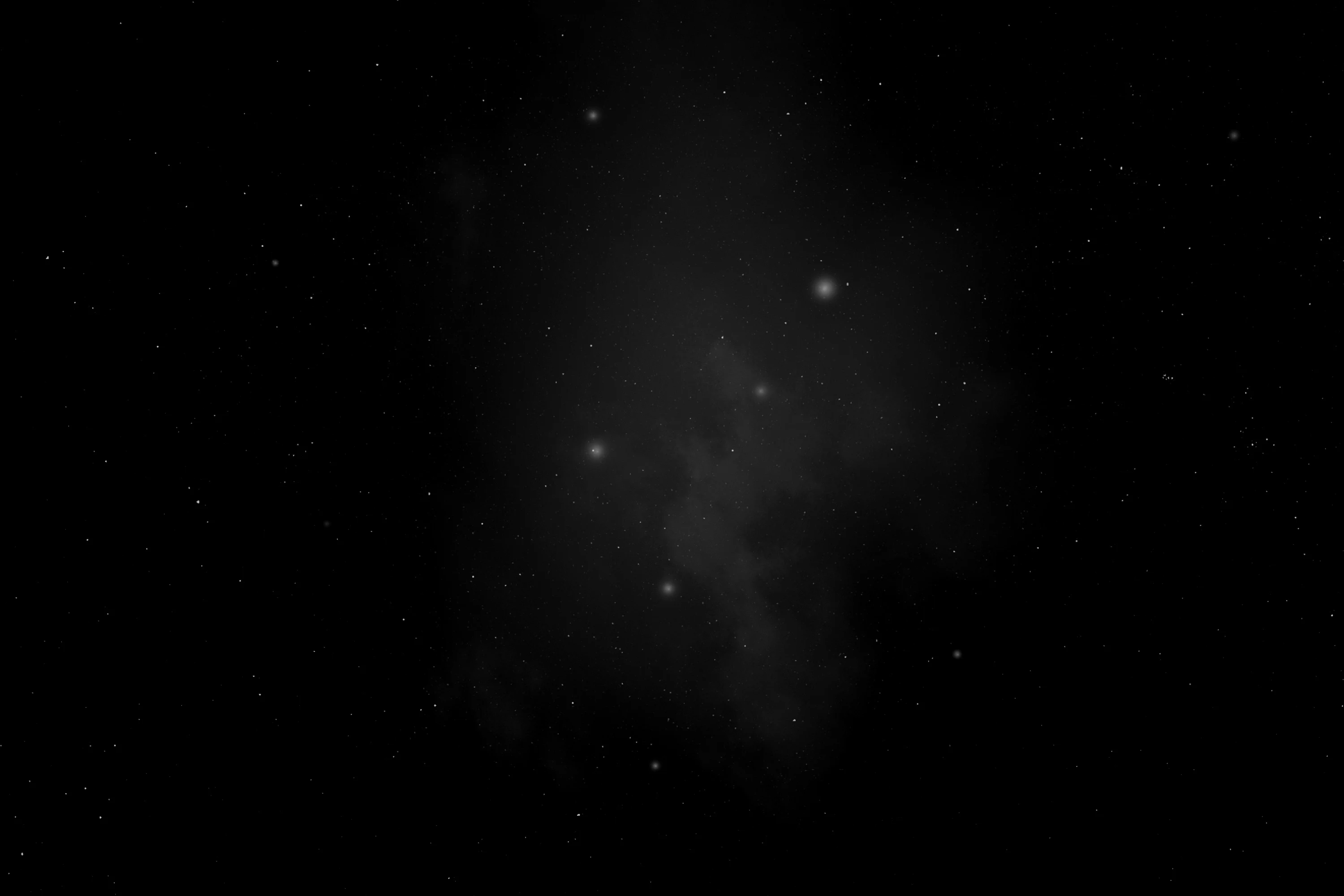
(Appendicularia)
Larvaceans
Апендикулярії
Larvaceans, copelates or appendicularians, class Appendicularia, are solitary, free-swimming tunicates found throughout the world’s oceans. While larvaceans are filter feeders like most other tunicates, they keep their tadpole-like shape as adults, with the notochord running through the tail. They can be found in the pelagic zone, specifically in the photic zone, or sometimes deeper. They are transparent planktonic animals, usually ranging from 2 mm to 8 mm in body length including the tail, although giant larvaceans can reach up to 10 cm in length.
Larvaceans are known for the large houses they build around their bodies to assist in filter-feeding. Secreted from mucus and cellulose, these structures often comprise several layers of filters and can reach up to ten times their body length. In some genera like Oikopleura, houses are built and discarded every few hours, with sinking houses playing a key role in the oceanic carbon cycle.
Anatomy
The adult larvaceans resemble the tadpole-like larvae of most tunicates. Like a common tunicate larva, the adult Appendicularia have a discrete trunk and tail. It was originally believed that larvaceans were neotenic tunicates, giving them their common name. Recent studies hint at an earlier divergence, with ascidians having developed their sessile adult form later on.
As the larvae of ascidian tunicates don’t feed at all, the larvae of doliolids goes through their metamorphosis while still inside the egg, and salps and pyrosomes have both lost the larval stage, it makes the larvaceans the only tunicates that feed and have fully functional internal organs during their tailed “tadpole stage”, which in Appendicularia is permanent.
The full development of Oikopleura dioica and the fate of its cell lineages have been well-documented, providing insight into larvacean anatomy. Being a model organism, most of our knowledge on larvaceans comes from this specific taxon. Variations in body shape and anatomy exist between families, although the general body plan stays similar.
Trunk
The trunk can roughly be divided into three regions — pharyngeo-brachial, digestive and genital — which are more or less distinct depending on the genus. Like in vertebrates, the digestive system comprises in order a mouth, pharynx, oesophagus, stomach, intestine and rectum.
The pharynx is equipped with an endostyle on its lower side, a specialized organ helping direct food particles inside. It also possesses two spiracles, each surrounded by a ring of cilia, which direct food particles from the inner filter’s junction to the mouth.
In some genera like Oikopleura, the tract is U-shaped, with the anus located in a forwards position compared to the stomach and intestine. Others like Fritillaria present a more segmented appearance, with a straighter digestive tract and well-separated pharyngeal and digestive sections. The species Appendicularia sicula doesn’t have any anus at all, leading to accumulation of undigested material.
Appendicularia retains the ancestral chordate characteristics of having the pharyngeal spiracles and the anus open directly to the outside, and by the lack of the atrium and the atrial siphon found in related classes.
The gonads are located in the posterior section of the trunk, beyond the digestive tract. They are the only section of the body not to be well-distinguished in the juvenile post-tail shift, instead only growing in size in the days leading to spawning.
Tail
The tail of larvaceans contain a central notochord, a dorsal nerve cord, and a series of striated muscle bands enveloped either by epithelial tissue (oikopleurids) or by an acellular basement membrane (fritillarids). Unlike the ascidian larvae, the tail nerve cord in larvaceans contains some neurons.
The tail twists during development, with its dorsal and ventral sides becoming left and right sides respectively. In this way, the dorsal nerve cord actually runs through the tail to the left of the notochord, connecting to the rest of the nervous system at the caudal ganglion at the base of the tail.
The muscle bands surrounding the notochord and nerve cord consist of rows of paired muscle cells, or myocytes, running along the length of the tail.
House
To assist in their filter-feeding, larvaceans produce a test or “house” made of mucopolysaccharides and cellulose, secreted from specialized cells termed oikoplasts. In most species, the house surrounds the animal like a bubble. Even for species in which the house does not completely surround the body, such as Fritillaria, the house is always present and attached to at least one surface.
The house is secreted from oikoplasts, a specialized family of cells constituting the oikoplastic epithelium. Derived from the ectoderm, it covers part (in Fritillaria) or all (in Oikopleura) of the trunk. In larvae, surface fibrils are secreted by the epithelium prior to the differentiation of the oikoplasts, and have been suggested to play a part in the development of the first house, as well as the formation of the cuticular layer.
The houses possesses several sets of filters, with external filters stopping food particles too big for the larvacean to eat, and internal filters redirecting edible particles to the larvacean’s mouth. Including the external filters, the houses can reach over one meter in giant larvaceans, an order of magnitude larger than the larvacean itself. The house varies in shape: incomplete in Fritillaria, it is shaped like a pair of kidneys in Bathochordaeus, and toroidal in Kowalevskia.
The arrangement of filters allows food in the surrounding water to be brought in and concentrated prior to feeding, with some species able to concentrate food up to 1000 times compared to the surrounding water. By regularly beating the tail, the larvacean can generate water currents within its house that allow the concentration of food. For this purpose, the tail fits into a specialized tail sheath, a funnel of the house connected to the exhalent aperture. The high efficiency of this method allows larvaceans to feed on much smaller nanoplankton than most other filter feeders.
This specific niche of “mucous-mesh grazers” or “mammoth grazers” has been argued to be shared with thaliaceans (salps, pyrosomes and doliolids) — all using internal mucous structures —, as well as with sea butterflies, a clade of pelagic sea snails similarly using an external mucous web to catch prey, although through passive “flux feeding” rather than active filter-feeding.
Larvaceans have been found to be able to select food particles based on factors such as nutrient availability and toxin presence, although both laboratory feeding experiments and in situ observations show no difference in feeding rate between their usual food sources and microplastics. They can eat a wide range of particles sizes, down to one ten-thousandth of their own body size, far smaller than other filter-feeders of comparable size. On the other side of the spectrum, Okiopleura dioica can eat prey up to 20% of its body size. The upper limit on prey size is set by the mouth size, which in the largest genus Bathochordaeus is around 1–2 mm wide for a trunk length of 1–3 cm.
In some species, houses are discarded and replaced regularly as the animal grows in size and its filters become clogged; in Oikopleura, a house is kept for no more than four hours before being replaced. In other genera such as Fritillaria, houses can be regularly deflated and inflated, cleaning off particles clogging the filters. Houses being reused in this manner leads to a smaller contribution in marine snow from these genera.
Larvacean houses share key homologies with tunicate tunics, including the use of cellulose as a material, confirming that the ancestral tunicate already had the capability to synthesize cellulose. This has been confirmed through genetic studies on Oikopleura dioica and the ascidian Ciona, pinpointing their common cellulose synthase genes as originating with a horizontal gene transfer from a prokaryote. However, houses and tunics share key differences — while houses are gelatinous and can be deflated or even discarded at will, tunics are rigid structures definitively incorporated into the animal’s filter-feeding apparatus.
Habitat
Larvaceans are widespread, motile planktonic creatures, living through the water column. As their habitats are mostly defined by ocean currents, many species have a cosmopolitan distribution, with some like Oikopleura dioica being found in all of the world’s oceans. Larvaceans have been reported as far as the Southern Ocean, where they are estimated to comprise 10.5 million tonnes of wet biomass.
Most species live in the photic zone at less than 100 m in depth, although giant larvaceans such as Bathochordaeus mcnutti can be found up to 1,400 m deep, and undescribed oikopleurid and fritillariid species have been reported through the bathypelagic zone, down to the 3,500 m deep seafloor in Monterey Bay where they constitute the dominant particle feeders in most of the water column.
Reproduction and life cycle
Larvaceans reproduce sexually, with all but one species being protandric hermaphrodites. Unlike all other known larvaceans, Oikopleura dioica shows separate sexes, which are distinguished on the last day of their life cycle through differing gonad shapes.
The immature animals resemble the tadpole larvae of ascidians, albeit with the addition of developing viscera. Once the trunk is fully developed, the larva undergoes “tail shift”, in which the tail moves from a rearward position to a ventral orientation and twists 90° relative to the trunk. Following tail shift, the larvacean begins secretion of the first house.
The life cycle is short. The tadpole-shaped larva usually performs the tail shift less than one day after fecundation, becoming fully functional juveniles. Adults usually reproduce after 5 to 7 days depending on the species.
Fertilisation is external. The body wall ruptures during egg release, killing the animal.
Source: Wikipedia

